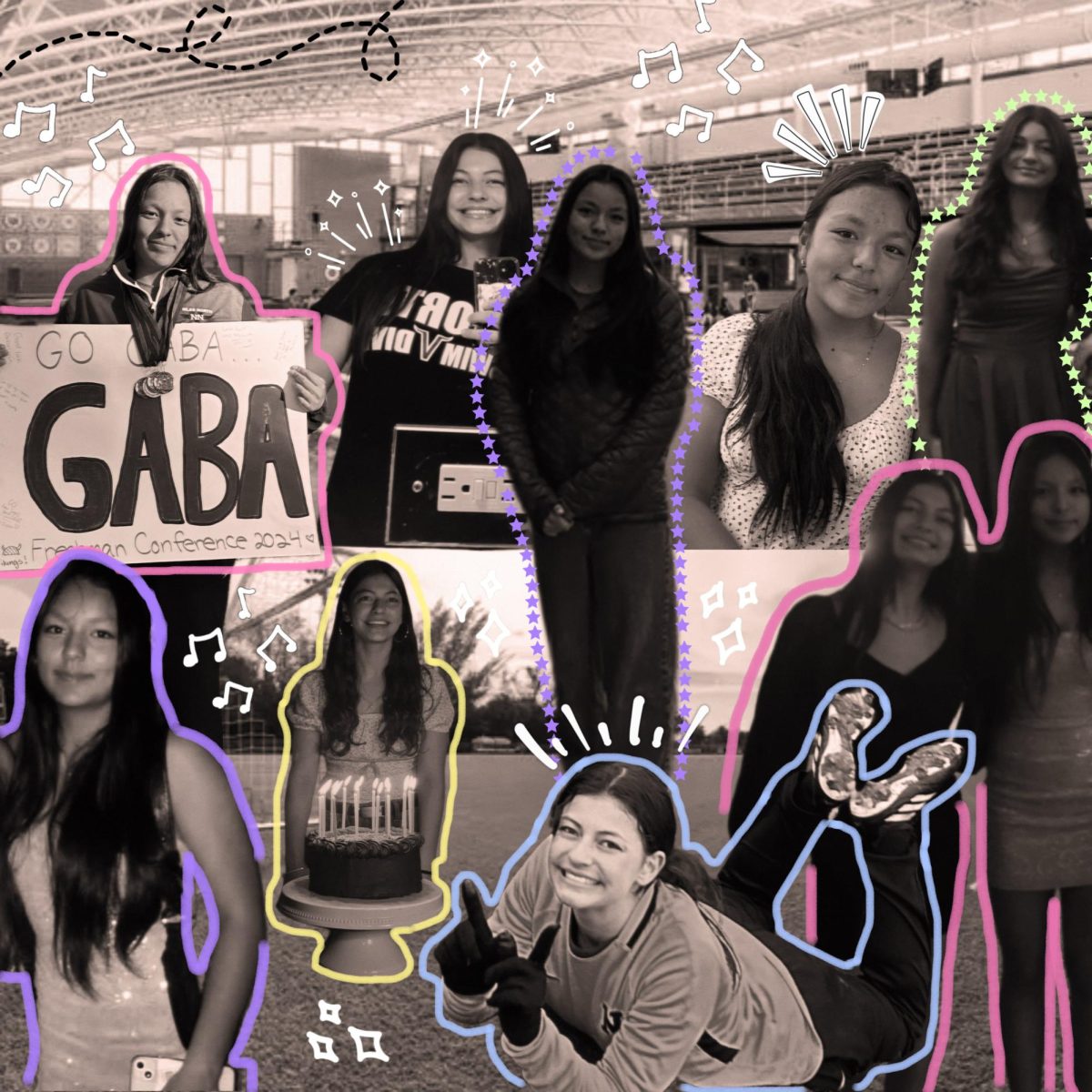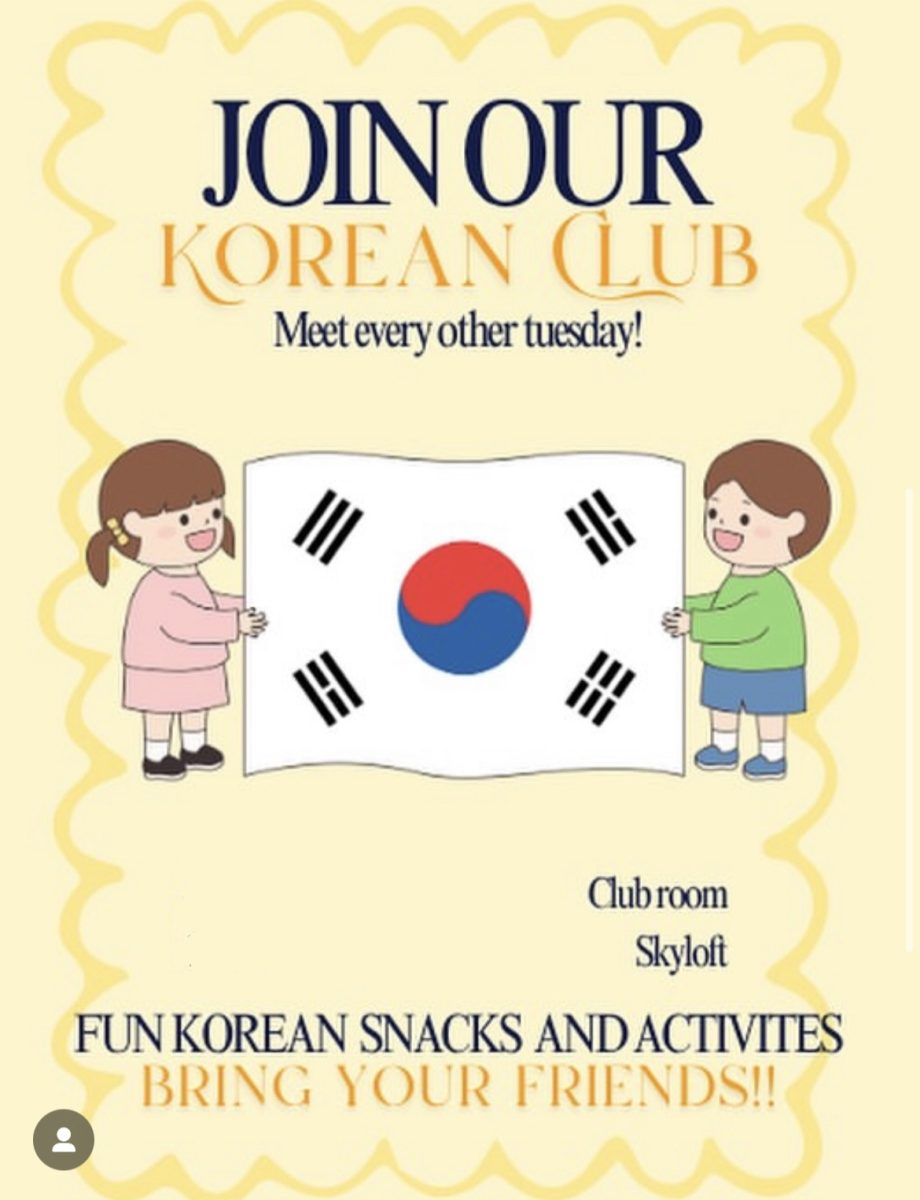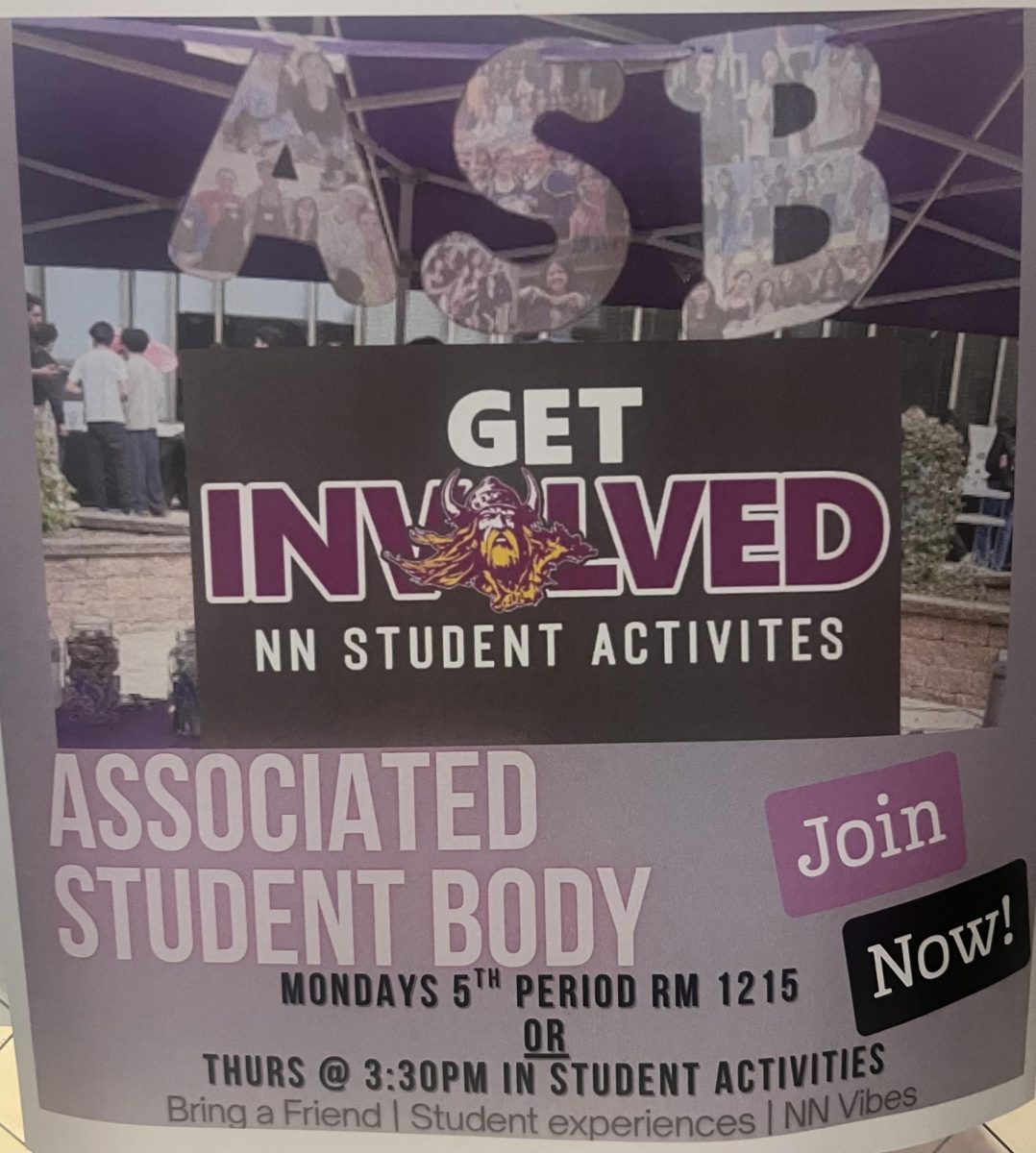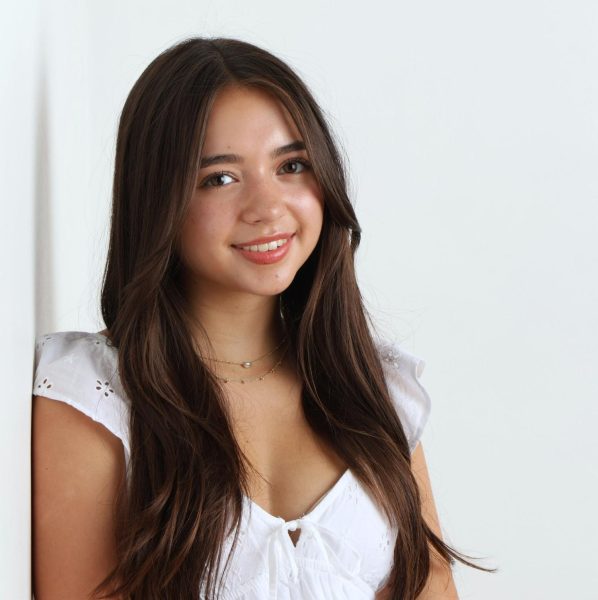Junior Lucy Emrich loves the environment. She loves the Botanic Gardens. But she didn’t know as much as she thought she did until she started researching it.
“I’ve only been there a few times, and I just kind of walk around, look at the flowers and stuff,” Emrich said. “But [I didn’t know] how important [the research] was… It was just really cool, and I learned a lot from it.”
Emrich and her project partner junior Laney Peterson worked together on a history fair documentary detailing the Chicago Botanic Garden’s role in the environmentalist movement that took them to History Fair State. The two were among nine other juniors who qualified for State, taking place in Springfield on April 24.
Students in AP US History completed these research projects earlier in the year for class, and teachers chose some to compete at the regional level at the University of Illinois at Chicago. Projects were evaluated by a panel of judges, and from there, the best-scoring projects advanced to State.
“The projects that were most successful this year were the projects where the students had the most genuine interest in their topic,” AP US History teacher Pankaj Sharma said. “So the students who are going to State generally, are really curious and excited about the topic they chose. They liked the research, they revised their projects many times. And so when you have that connection between a talented student who really gets excited about the researching, it ends up with excellent results.”
The experience of creating a research project allowed students to have the opportunity to interview an expert. Junior Abby Terefe and junior Avery Ermel produced a documentary on the Jane Collective, an underground abortion network that assisted women in the late 1960s when abortion was illegal. Terefe interviewed the founder of the Jane Collective, Heather Booth, for her research.
“I reached out to [Booth],” Terefe said. “And then she responded within the next day. And then we set up a Zoom call, and she told me about her experience when she was helping people and the impact that it had on people.”
By doing such extensive research, many history fair participants ended up having a deeper fascination with their topics. Junior Kailey Vaughn created a documentary on Black community members who received reparations for historic redlining in Evanston. Even after her project was done, Vaughn took it a step further to learn more.
“From my research, I learned that I’m interested in this topic,” Vaughn said. “So now I actually work with the recipients of reparations and Evanston, the older generation that received it, and I’m writing an article about my research. I’m interested in this topic, and I wanted to do more.”
Vaughn’s project made it to the National History Fair in Washington D.C. Even though few projects advance to Nationals, the experience is worth it for all students. Paraprofessional Jonathan Okon, who chaperoned the trip, reflected on the hard work of the finalists.
“It is tough to watch, because we all want to succeed,” Okon said. “We all want to win. Seeing how much they cared about it when their documentaries and their papers may not have placed. I think it just adds a little wrinkle to it because, it just shows beyond the emotions, how much they really care about each other’s success.”









